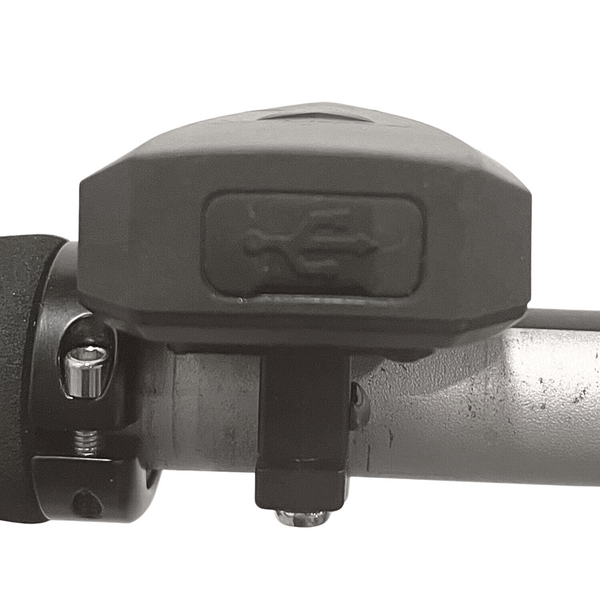6zfshdb
Well-Known Member
- Region
- USA
- City
- Northeast Pennsylvania
Good point.I have run wires through handlebars. Mostly for stealthy classic beach cruisers that have coaster brakes. So, you do not see any handlebar wires or cables. The new Creo has two hidden buttons under the lever hoods. Here is the real throttle loophole. Cruise control is not mentioned. I have a bike that when you get up to assisted speed you push a button and do not need to pedal to hold that speed while you take off your jacket and stow it.
My bikes have both cruise control and throttles. If enforcement gets more strict where I ride, I may remove the throttles, which I rarely use anyway.
